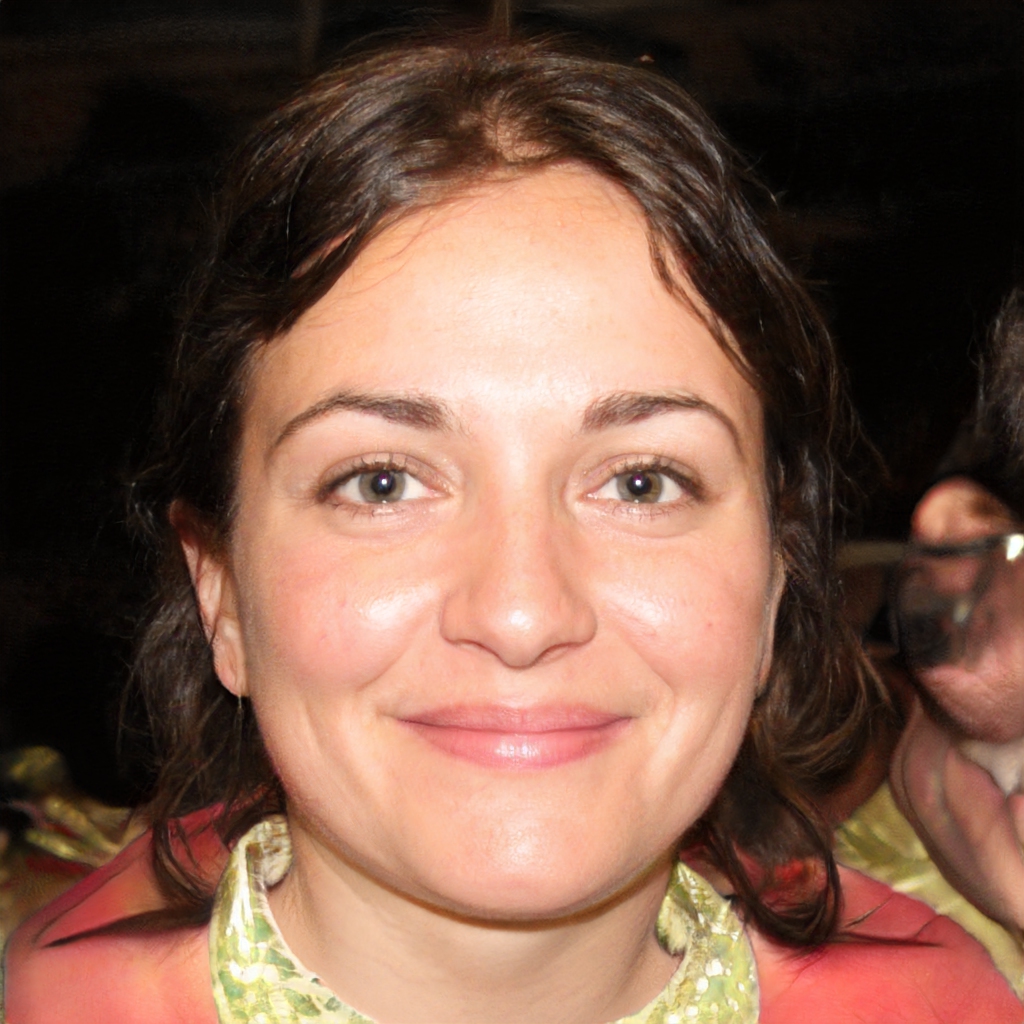Flow, also known as the zone, is a state of optimal experience in which people are fully engaged in an activity and are completely absorbed in what they are doing. The concept was first proposed by psychologist Mihaly Csikszentmihalyi in his book Flow: The Psychology of Optimal Experience.
Csikszentmihalyi identified eight characteristics of flow:
1. complete concentration on what one is doing;
2. a sense of ecstasy or absolute absorption in the activity;
3. a sense of time standing still;
4. a sense of self-transcendence;
5. a loss of sense of self-consciousness;
6. a sense of personal control or agency over the activity;
7. a sense of peak performance or peak experience; and
8. a feeling of great enjoyment or satisfaction with the activity.
What are the 4 F's of flow?
There are four main elements to flow:
1. Focus: You need to be able to focus on the task at hand and block out all distractions.
2. Flexibility: You need to be flexible in your approach and be able to adapt to changes.
3. Feedback: You need to be able to receive feedback and use it to improve your performance.
4. Fun: You need to find enjoyment in what you are doing in order to sustain your motivation.
What is Csikszentmihalyi's flow theory? Csikszentmihalyi's flow theory is a psychological theory that describes the optimal experience. It posits that people are happiest when they are in a state of flow, which is a state of complete absorption in an activity. The theory has been influential in the fields of Positive Psychology and Human Resource Management.
What is flow in educational psychology? Flow is a state of complete absorption in an activity. It is a state of mind in which the individual is completely focused on what they are doing in the present moment and is not thinking about anything else. This state of flow has been found to be beneficial for learning and performance as it allows the individual to be fully immersed in the task at hand and to learn more effectively.
How do I find my flow?
There are a few things you can do to try to find your flow:
1. First, take some time to think about what you enjoy doing and what comes naturally to you. What are you passionate about? What are your strengths? Once you have a good sense of what you're good at and what you enjoy doing, you can start to look for opportunities to use those skills and interests in your work.
2. Another way to find your flow is to experiment and try new things. Don't be afraid to step out of your comfort zone and try something new. You never know what you might enjoy or be good at until you try it.
3. Talk to other people who seem to be in a state of flow in their work. Ask them how they got there and what they do on a daily basis to maintain that flow. You can learn a lot from other people's experiences.
4. Finally, don't be afraid to take some time for yourself to relax and recharge. It's important to have balance in your life, and if you're feeling stressed out or burnt out, that's a sign that you need to take a step back. Once you've taken some time to relax, you'll be in a better mindset to focus on finding your flow.
How do you get into flow?
There is no one-size-fits-all answer to this question, as the best way to get into flow will vary depending on the individual and the specific task at hand. However, there are some general tips that can help to increase the likelihood of getting into flow state.
Some things that can help to get into flow state include:
- Having a clear and specific goal
- Breaking the task down into manageable steps
- Focusing intently on the task at hand
- Being fully immersed in the activity
- Letting go of distractions and external thoughts
- Getting into a rhythm or flow with the task
- Losing track of time
It's important to note that flow state is often associated with a feeling of deep focus and concentration. Therefore, it can be helpful to create an environment that is conducive to concentration and focus. This might include things like reducing distractions, working in short bursts, and taking breaks as needed.
